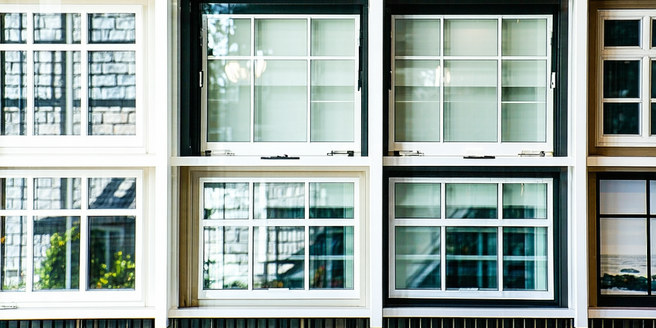Understanding Free Window Replacement Programs

What Are Free Window Replacement Programs?
Free window replacement programs are initiatives designed to help homeowners upgrade their windows at no cost. These programs are often sponsored by government entities, non-profit organizations, or utility companies aimed at increasing energy efficiency. Homeowners who participate can benefit from improved insulation, reduced energy bills, and enhanced home value. In many cases, these upgrades can also improve the aesthetic appeal of a home, making it more attractive to potential buyers. By replacing outdated windows, these programs provide significant financial savings that might otherwise be unattainable for some families. The primary goal is to support energy conservation efforts nationally and reduce the environmental impact. Programs vary by region, but generally require an application process where eligibility is assessed based on income level, location, and existing window conditions.
Eligibility Criteria for Free Window Replacements
Eligibility for free window replacement programs typically involves several factors. Primarily, applicants must demonstrate financial need, proven through income documentation. Additionally, these programs may require that the home is owner-occupied, ensuring that the investment benefits the residents. Specific programs might have geographic limitations, focusing on areas with high energy costs or underserved communities. It’s important for applicants to research and verify their eligibility criteria carefully. It’s also common for the home and existing windows to meet certain age thresholds, as older installations often contribute to significant energy loss. Checking these guidelines is crucial before applying, as they ensure that resources are allocated to those who will benefit most from improved energy efficiency.
Types of Window Replacement Programs Available
Various types of window replacement programs are available, each catering to different needs and populations. Government-funded programs often target low-income households, providing essential upgrades to those who need them most. These programs can significantly improve the energy efficiency of homes, reducing utility bills for the long term. Non-profit initiatives may offer assistance based on community-specific criteria, focusing on areas underserved by traditional funding. Utility companies might implement energy efficiency programs, providing incentives or rebates for window replacements that meet certain standards. Some programs are comprehensive, covering the full cost, while others offer partial assistance or loans. Understanding the types and their requirements is key to identifying which option suits one’s situation best.
How to Apply for a Window Replacement Program
Applying for a window replacement program involves several steps. First, potential applicants should research available programs in their area to understand the specific requirements. It may be helpful to contact local agencies for guidance during this research phase. Most programs necessitate submitting an application form detailing personal information, household income, and existing conditions of the windows. Supporting documentation, such as income verification, proof of home ownership, and photographs of current windows, may also be required. Once submitted, applications are reviewed to determine eligibility. If approved, applicants are typically informed of the installation schedule and any additional steps needed to complete the process. Staying informed and organized is crucial for a successful application.
Benefits of Participating in These Programs
Participating in free window replacement programs offers multiple advantages. The most immediate benefit is financial savings, as homeowners receive new windows at no cost. These programs often enhance the home’s energy efficiency, leading to lower monthly utility bills and a reduced carbon footprint. With these upgrades, families can enjoy a more comfortable living environment throughout the year. Many homeowners find that their homes are warmer in the winter and cooler in the summer, thanks to improved insulation. Upgraded windows can also increase a property’s market value and improve its aesthetic appearance. Moreover, by participating, homeowners contribute to broader environmental conservation efforts, promoting sustainable practices in the community. Overall, these programs provide tangible and long-term benefits, improving both living conditions and financial stability for participants.